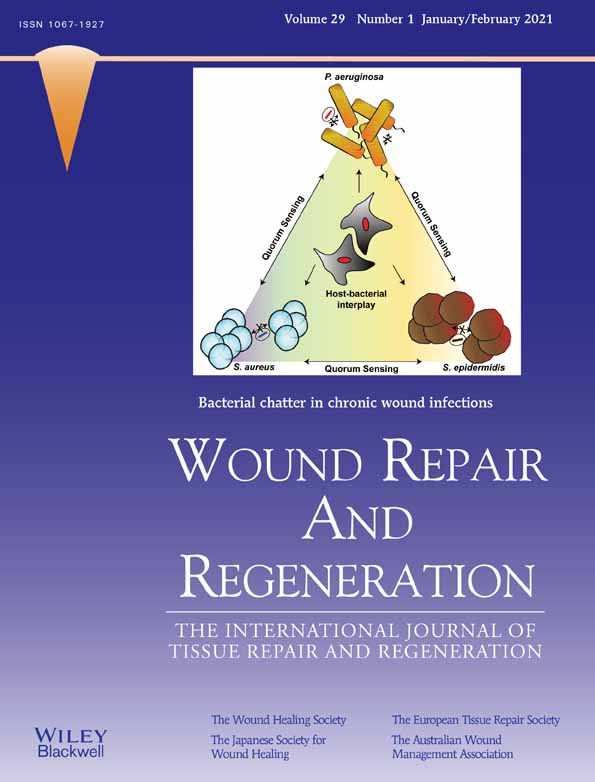Mechanism and prevention of facial pressure injuries: A novel emergent strategy supported by a multicenter controlled study in frontline healthcare professionals fighting COVID-19
Wen Zhang and Xinzhu Liu are co-first authors who contributed equally to this work.
Funding information: Major Program of Army Logistics Scientific Research Plan, Grant/Award Number: ALB18J001
Abstract
Numerous healthcare professionals fighting COVID-19 worldwide are suffering from the protective respirators related facial pressure injuries. This study explored the mechanism and prevention of such injuries and devised a novel emergent strategy, which was supported by a multicenter self-controlled study in 1161 frontline healthcare professionals. In this study, according to the anatomy of the face and the characteristics of facial pressure injuries, a respirator liner was designed using a polyurethane foam to redistribute the pressure across the face. A preclinical crossover trial was performed on eight participants to evaluate its efficacy. The strategy was then widely applied among 11 100 healthcare workers in seven frontline hospitals, and 1161 of them were sampled for a questionnaire investigation. The preclinical crossover trial showed that the novel strategy was very effective in preventing facial pressure injuries. The questionnaire investigation showed that pain score, wearing disturbance, and the incidence of pressure injury in the healthcare professionals were significantly correlated with wearing time (all ρ = 0.986). The new strategy significantly reduced the incidence of pressure injury from 84.7% to 11.1%, pain score IQR from 5 (2) to 1 (2), and wearing disturbance rate from 91.6% to 6.3%, and the results analyzed according to individual hospitals or different wearing time showed similar trends (all P < .0005). The protective respirators related facial pressure injuries can be effectively mitigated with this emergent strategy, which has also been applied in some European hospitals and can be popularized to help more healthcare professionals who are combating COVID-19 on the frontlines.
CONFLICT OF INTERESTS
All authors declare no competing interests.




